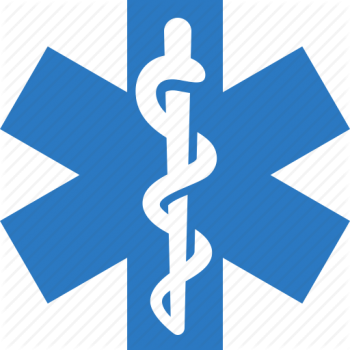Project Details
About the Project
The Emergency Department In-Situ Simulation project was born out of fear of being under prepared to care for patients experiencing a High Acuity Low Occurrence (HALO) event. These rare events create clinical and logistical challenges for the interdisciplinary medical team: for example, while maintaining a negative-pressure room for a COVID-19 patients, how does one communicate with the medical team outside the room? How to manage an emergency breach delivery at Royal Jubilee Hospital, when all labour and delivery services are based at Victoria General Hospital?
Over the past three years, Dr. Matt Carere and countless colleagues have implemented an on-site simulation project, bringing in different specialties and disciplines to practice administering care in a time sensitive manner. Spanning obstetrics, ICU, toxicology, hematology, paediatrics, plastic surgery, and many more, these cases created opportunities to identify gaps, troubleshoot solutions, and debrief in a safe learning environment.
As a result of these simulations, changes have been made that directly affect patient care. For instance, after running a hyperthermia simulation, those involved identified a shortage of refrigerated IV fluids that are so essential for rapidly cooling a person’s internal temperature, as well countless other ways to facilitate cooling including ice baths, fans, and mist. Right before the heat dome event of Summer 2021, those take-aways were recirculated to the group, supplies restocked, memories refreshed. One physician working during that event reflected on the value of the simulation: “This undoubtedly saved lives”.
Based on their experiences during the heat dome, Dr. Christian Turner, a colleague from the ICU and emergency department, and Dr. Rod Vafaei, a second year emergency department resident developed a hyperthermia protocol to improve lower island hospitals’ response to future heat events. The in situ program enabled the team to test this protocol, identify deficiencies, make further improvements and disseminate the program across departments.
The process of running these simulations benefitted immensely from the interdepartmental and interdisciplinary dimension. The Emergency Department Nurse Educators from both RJH and VGH provided regular feedback, as well as helped to take the lessons from each simulation forward. The group received feedback from physician consultant colleagues, nurses from other departments, unit aids and clerks, and anyone else involved in the simulation, to institute concrete changes and foster a culture of learning, innovation, and collegiality.
This change in culture was a highlight of working on this project for Dr. Carere. “It is now routine that nurses and colleagues are asking when the next in-situ training session will be”. Cultivating this practice has engaged all those involved. “It is a testament to how preparation done properly can make even the most stressful situations seem like an opportunity for success”. Thank you to all those involved for your hard work!

